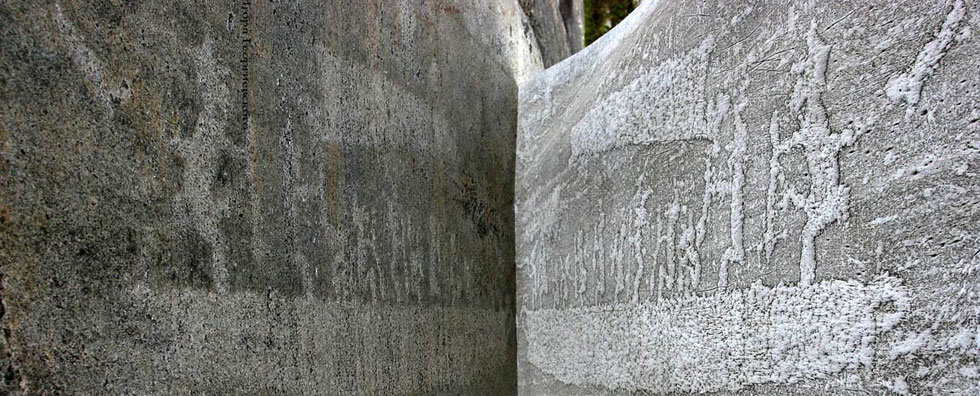
Issue №2, Vol. 22
Ufimtseva M. Pine regeneration on uncultivated lands // Resources and Technology. 2025. №2, Vol. 22. P. 115‒127.
DOI: 10.15393/j2.art.2025.8423
Pine regeneration on uncultivated lands
| Ufimtseva Marina | Northern Trans-Ural State Agricultural University, yfim@mail.ru |
|
Key words: Pinus sylvestris L.; reforestation; fallow land; undergrowth; forest wall; phytocenosis; forest type |
Summary: The transformation of forest landscapes over the past millennia has been caused not only by climatic factors, but also by human economic activities. The article presents the results of studies of Pinus sylvestris L. undergrowth on arable land withdrawn from agricultural use. However, retrospective studies have shown that four centuries ago this territory was occupied by Pineta of predominantly herbaceous forest types. The area is currently young fallow land, which has not been cultivated for seven years, and is located 0.64 km from a wall of native pine forest. To evaluate the edaphic conditions, the herbaceous cover of the deposit was studied, and it was concluded that it mainly belongs to the mesophytic ecological group. The pulsating nature of natural regeneration is predetermined by climatic features, primarily by the dynamics of precipitation. At the study sites, the amount of five-year-old undergrowth was the largest one and reached 47.5 %. The seedlings appeared in 2019, when the amount of precipitation during the period of active temperatures exceeded the long-term average values by 27 %. Due to the great distance from the forest wall, the density of undergrowth is on average 1.4 thousand pcs./ha, therefore the regeneration is characterized as a rare one. With the successful further development of the phytocenosis, this is favorable for creating a recreational zone of low-rise buildings and protecting it from the intensive transport load of the city of Tyumen. |
Displays: 197; Downloads: 112;




